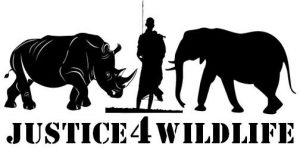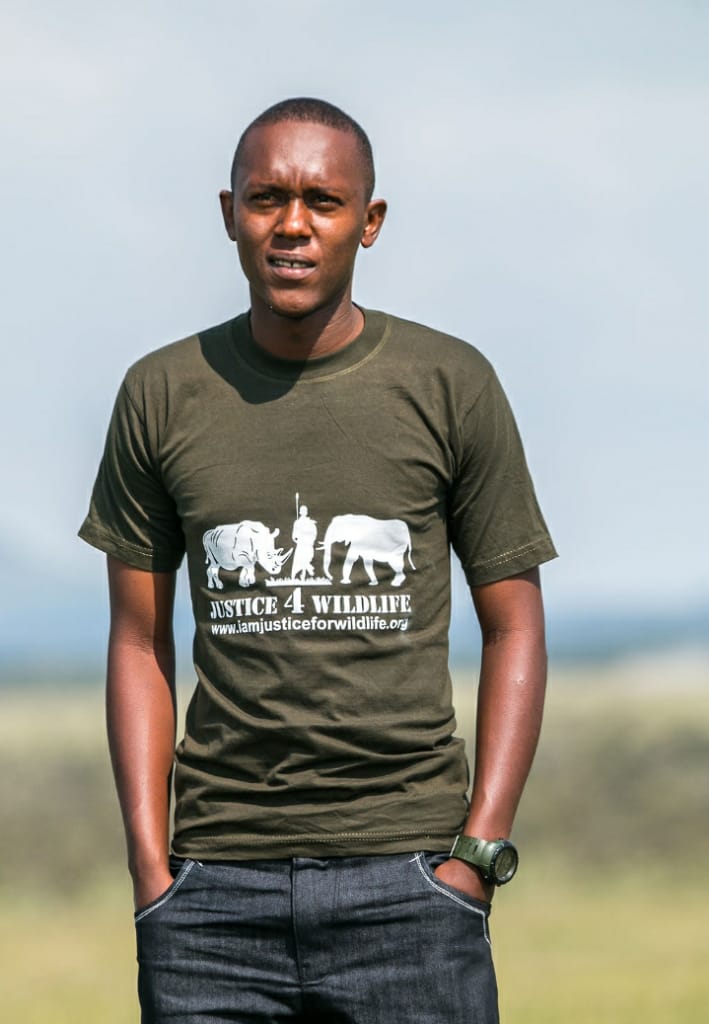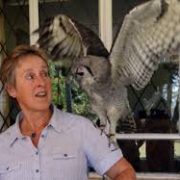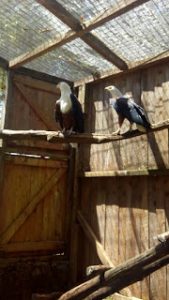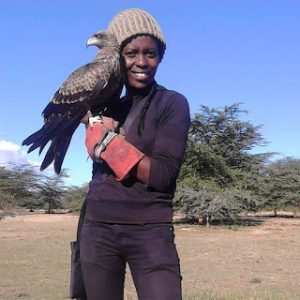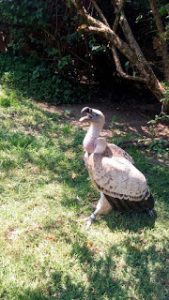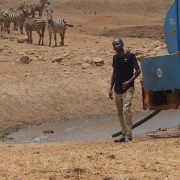Meet Edwin Sabuhoro PHD, a Rwandese national and an unsung wildlife warrior. He received his law degree from the National University of Rwanda and a MSc. Conservation and Tourism from University of Kent at Canterbury, UK where he specialized in ecotourism management. He worked in all Rwanda’s National Parks but mostly as a Tourism Park Warden for Volcanoes National Park in Rwanda.
Beyond that, Edwin worked as a Senior Economic Development Advisor for SNV (a Dutch development organization), Chairman of Tour Operators and Travel Agents Association in Rwanda, President of Rwanda Chamber of Tourism, a private sector umbrella organization for Rwanda’s tourism and hospitality sector, Chief Executive Officer for Rwanda Eco-Tours and has also lectured at different Universities in Rwanda in fields of environment, ecotourism, biodiversity conservation and sustainable tourism development.
His work to develop ecotourism and to set up a community-based ecotourism project for local communities and ex-poachers at Volcanoes National Park has helped in the reduction of poaching in the park. His work was recognized through; Rwandan Prime Minister’s award of excellence in 2004, Eco-club project of the year 2007, Royal Belum inaugural award in Malaysia in 2007 and International Union for Conservation of Nature (IUCN) Young Conservationist of the year 2008 Award.
He represents young conservation professionals for East, West and Central Africa at IUCN World Commission for Protected Areas. He also represented Rwanda to the President Obama Young African Leaders Forum in Washington, USA and has continued to participate and speak in different forums that highlight youth empowerment, biodiversity and environment, sustainability and community development, democracy, and leadership.
I got the privilege to hear him talk about his success story during the recent Africa Animal Welfare conference and was inspired beyond any reasonable doubt. How I wish other African countries could emulate their model globally. Environmental conservation has been a challenge due to increased pressure on natural resources brought about by an increase in the human population and uncontrolled harvesting on natural resources.
He explained clearly how the pressure for environmental resources is attributed to the inability of communities to support their household livelihoods. Secondly, in this struggle to protect and conserve these resources, conservationists and scientists alike have forgotten to involve and include local communities as a key decision maker. As a result, local communities have remained as ” the forgotten” in the environmental conservation equation. Conservation will not succeed without putting the local communities back to their central position in the conservation of their resources.
Through his work he has proved, that communitie are the custodians of these resources and they have to be engaged and involved in the planning and management of these resources. To address these challenges, local communities have to be directly engaged and involved in the business of environmental conservation. By doing so, communities would be less detrimental to these resources, find alternatives that would lead to their improved livelihoods, and contribute more to the protection and conservation of the environment.
“We have the choice to use the gift of our life to make the world a better place or not to bother” Jane Goodall may we take this inspiring success story as a personal challenge, sit down with community groups and take notes from them because they have all the solutions. Let’s bring in Eco-tourism to strike a win-win balance between conservationists and local communities.
If a Gorilla safari is top on your bucket list like myself get in touch with Rwanda Eco tours for a journey that benefits the communities. http://www.rwandaecotours.com/index.php/
“For most of history, man has had to fight nature to survive. In this century he has to realize that in order to survive he has to protect it.” Jacques-Yves Cousteau Here we celebrate the unsung wildlife heroes in the grassroots doing remarkable work to conserve our wildlife heritage, Get to learn about wildlife from a ranger/ ecologist in Kenya a freelance eco-traveler, experience the diverse cultures and African heritage from the natives and take an adventure to new destinations to learn about rare attractions that are hardly talked about and to top it all up some of the best wildlife photographs that will make you reconnect to your wild side appreciate everything around us and fall in love with the natural world, because “It is not enough to love the natural world; the point is to defend and preserve it.” Edward Abbey
Our wildlife, our responsibility. When it comes to standing up for our wildlife it’s better to be outspoken than unspoken.
